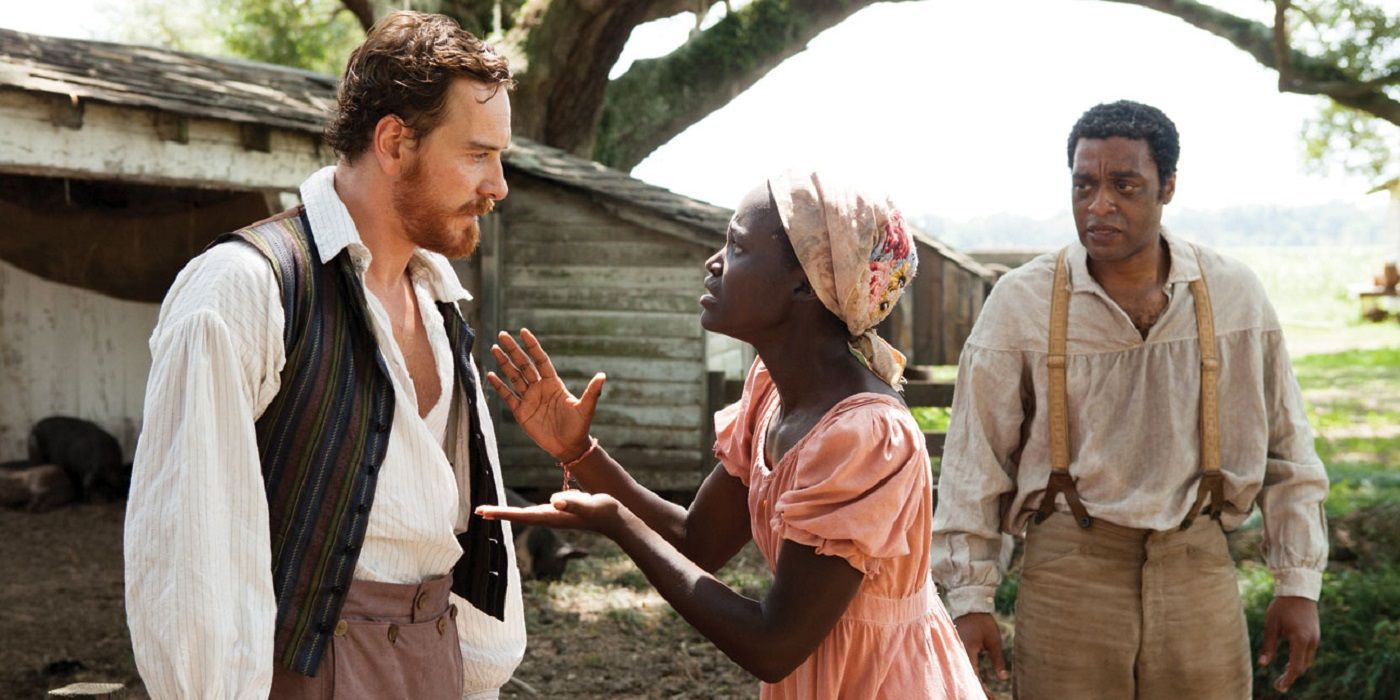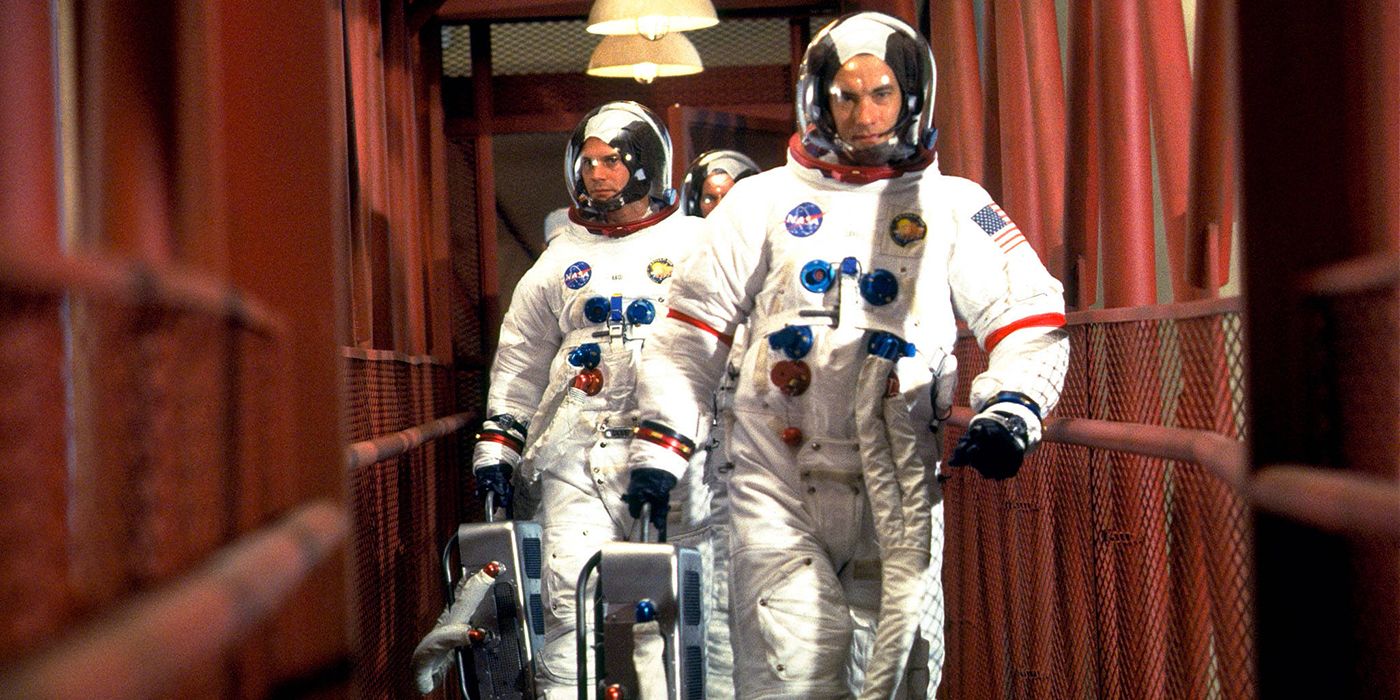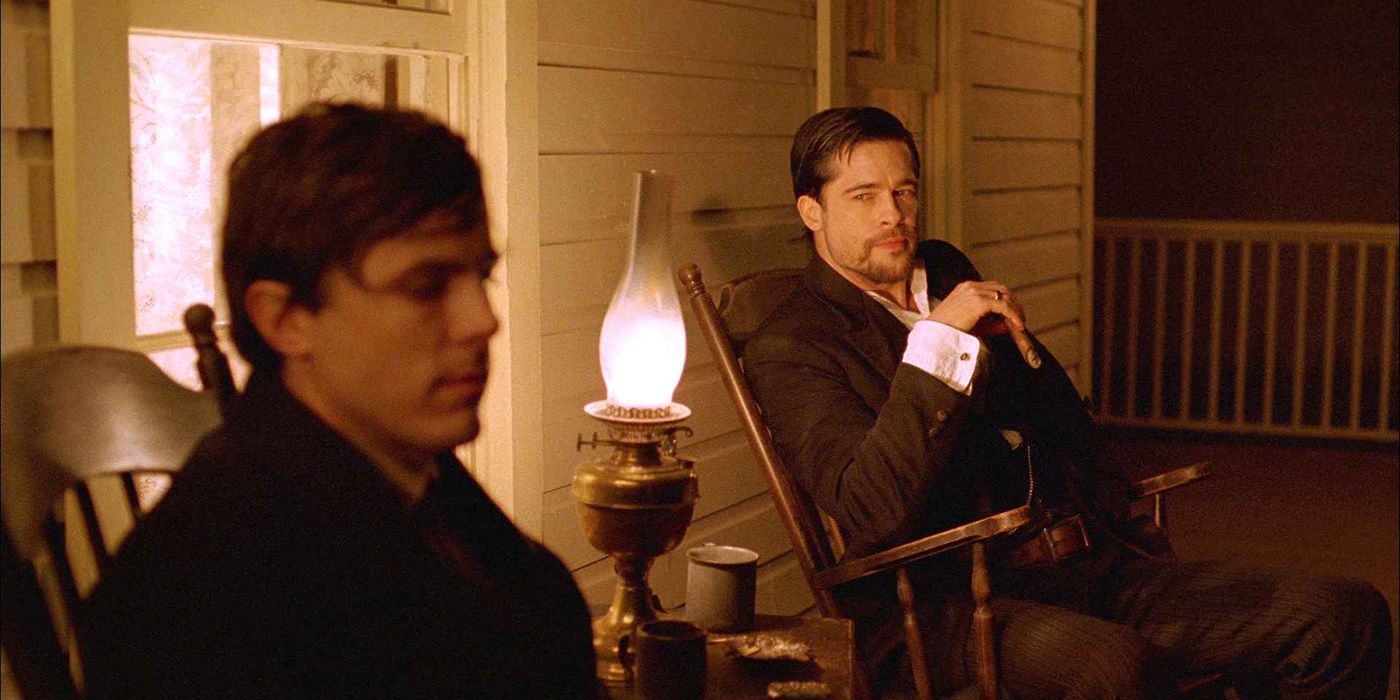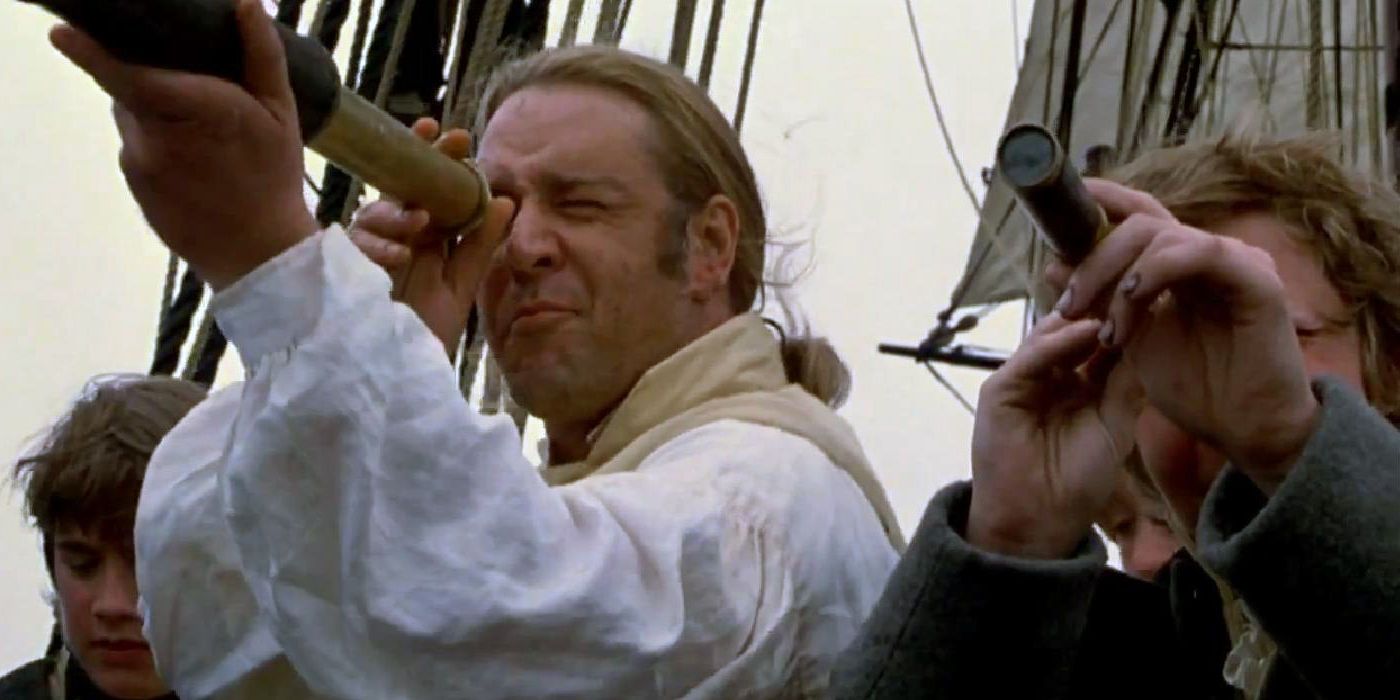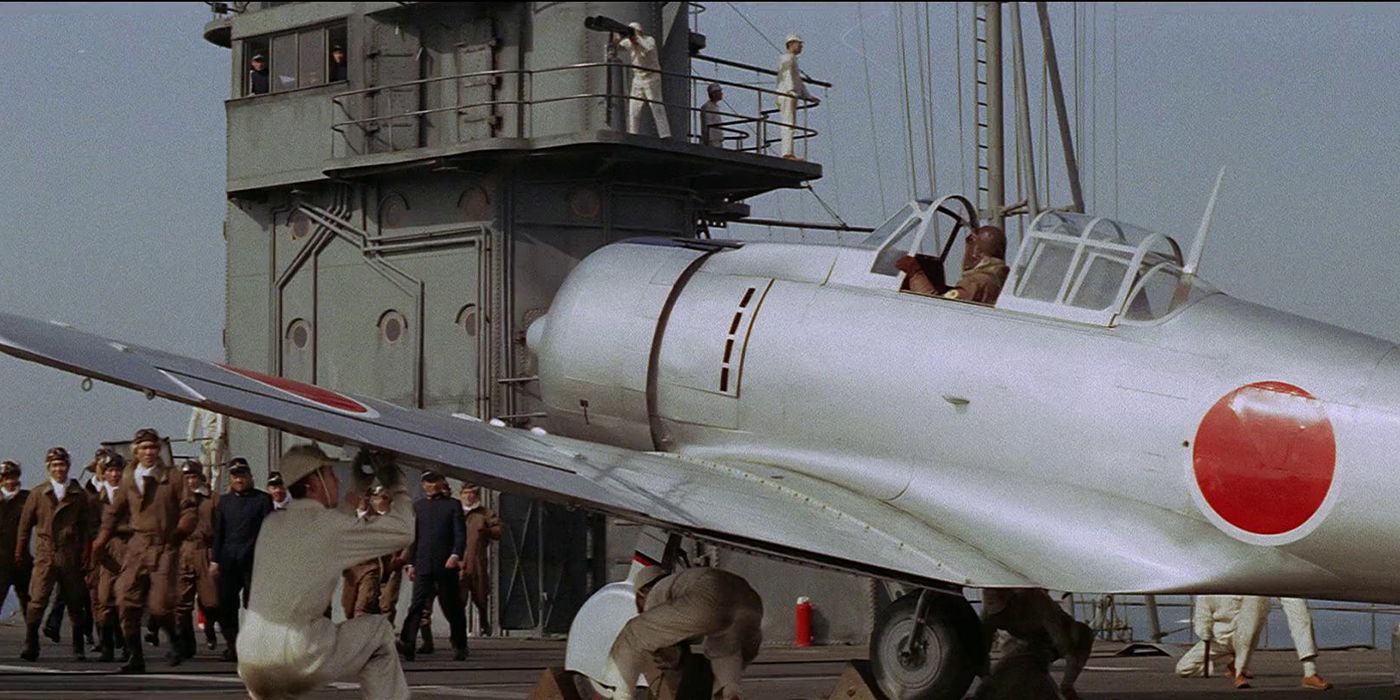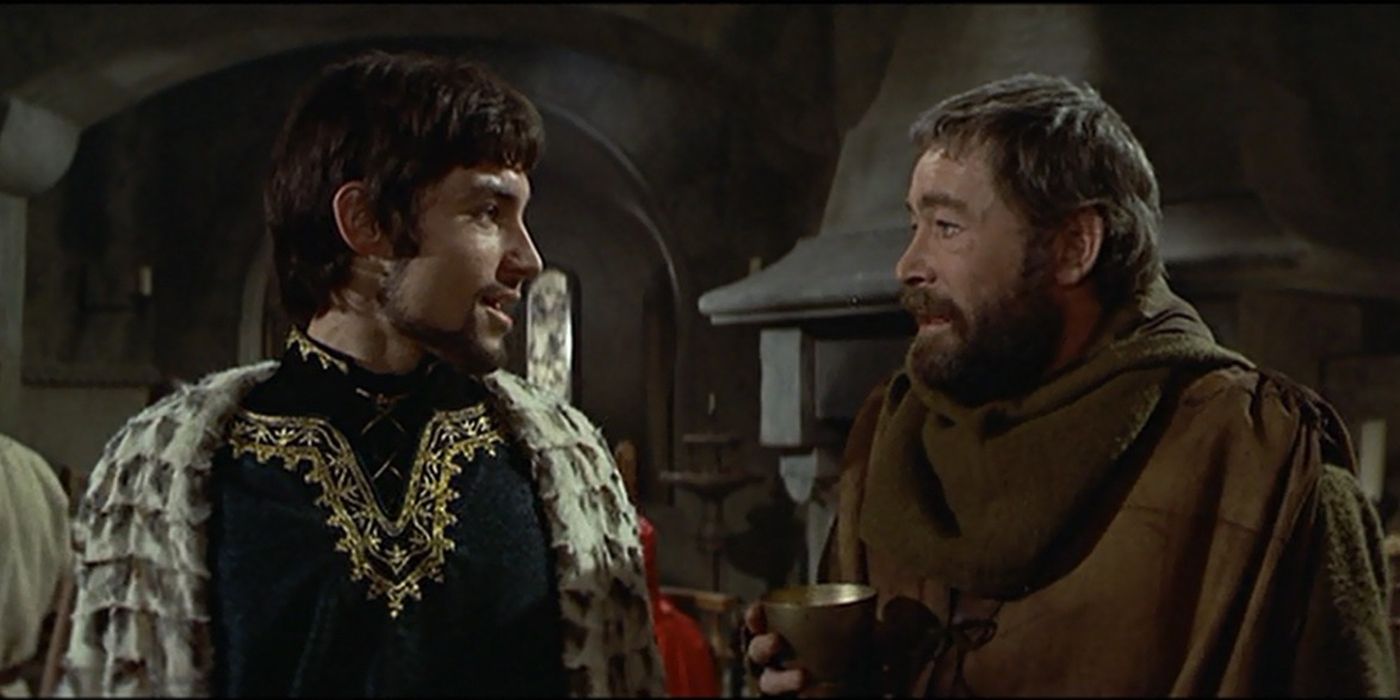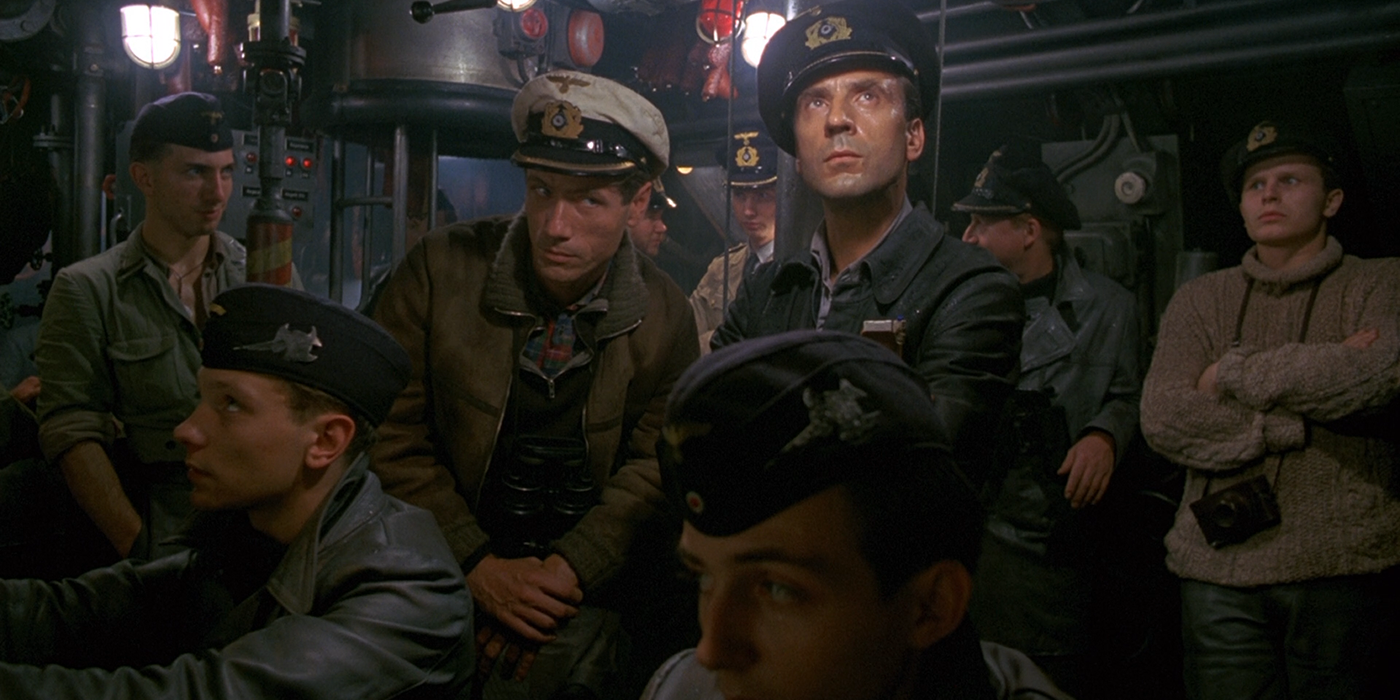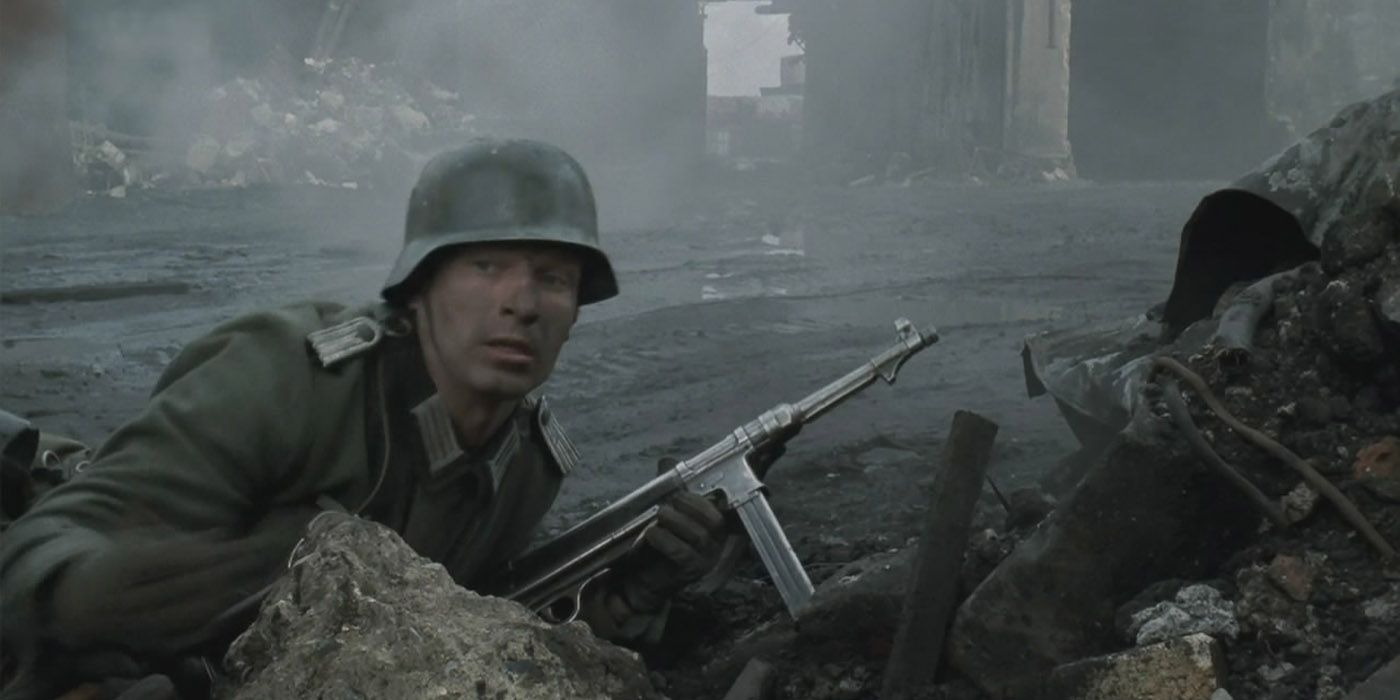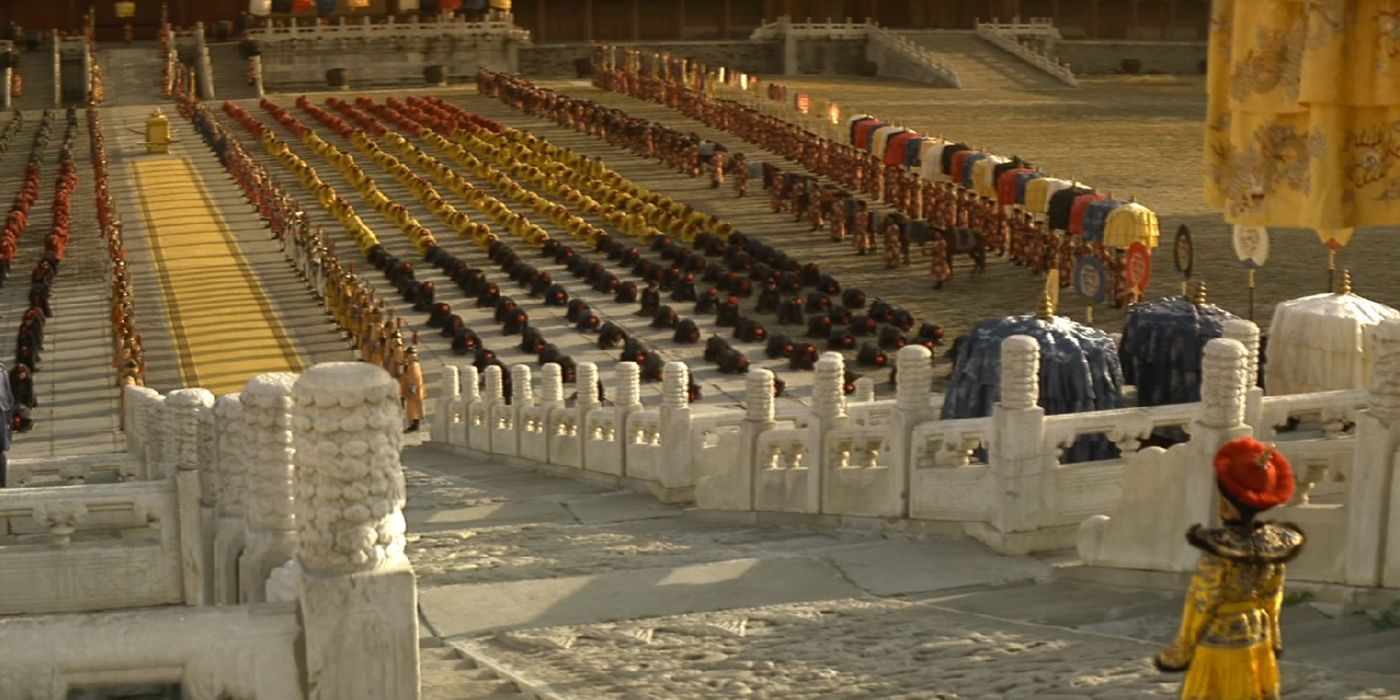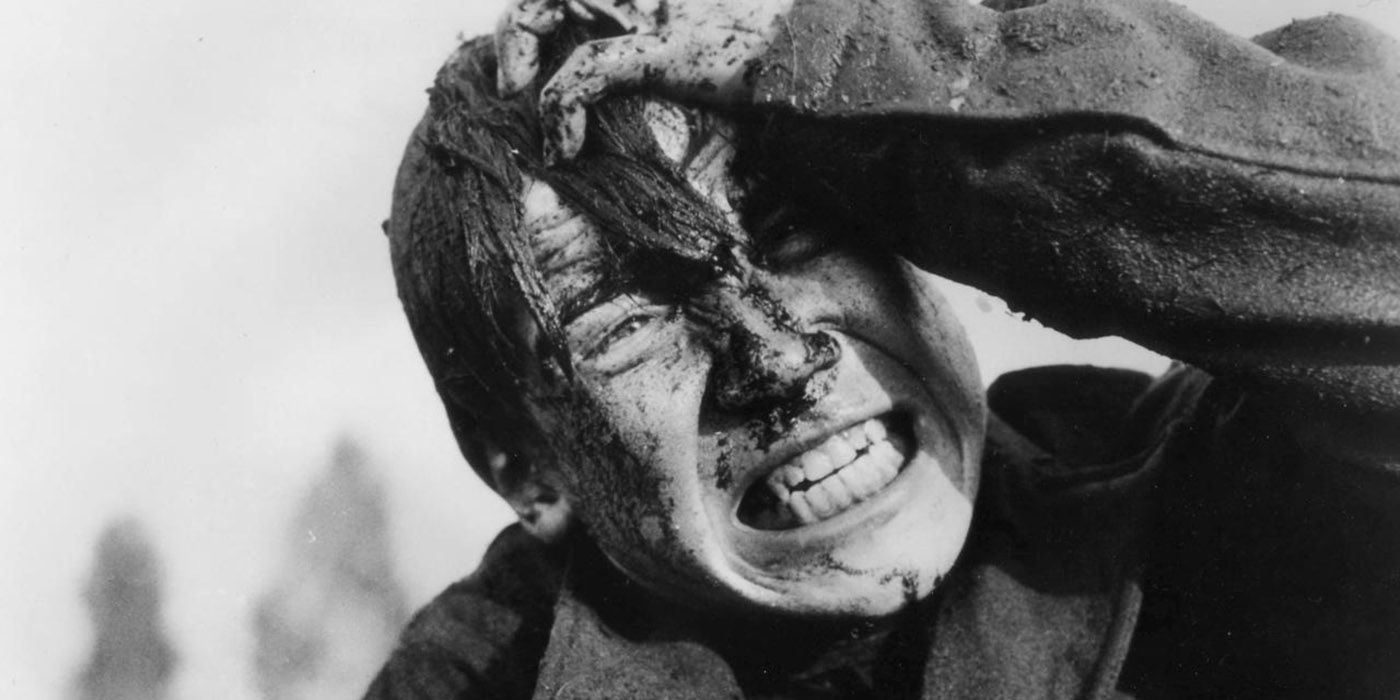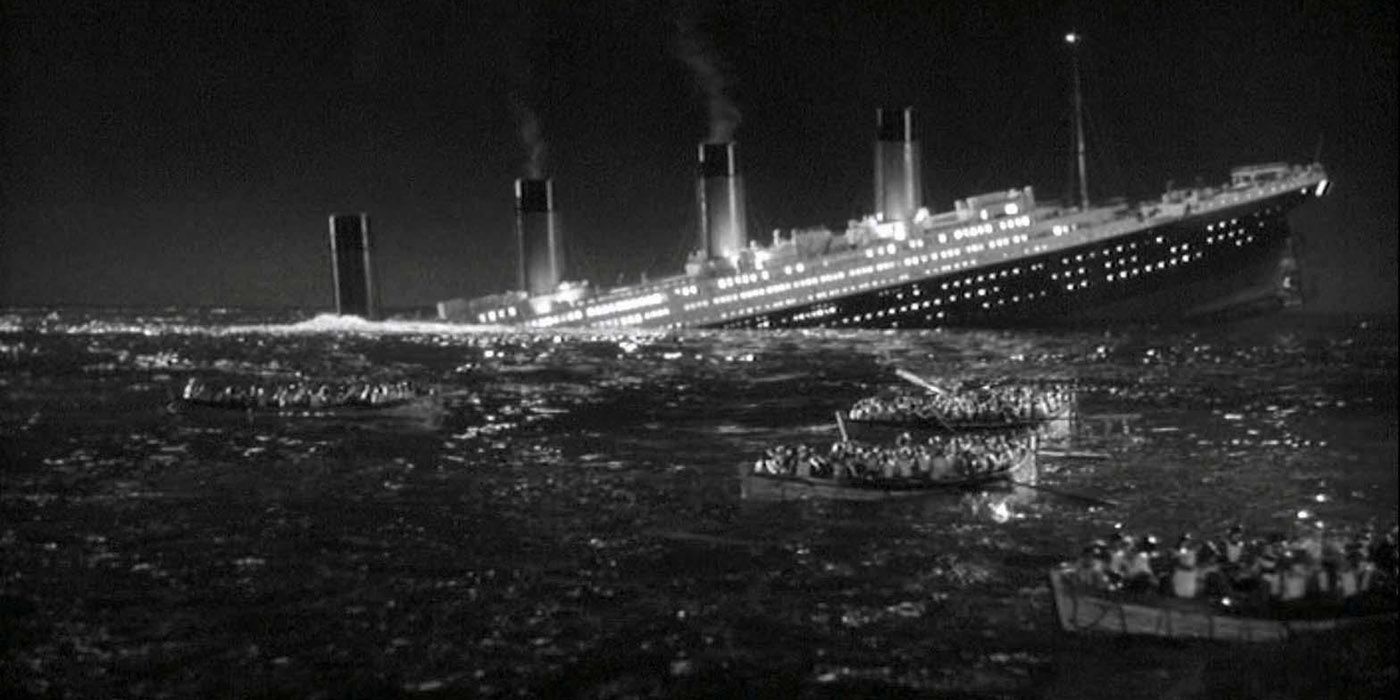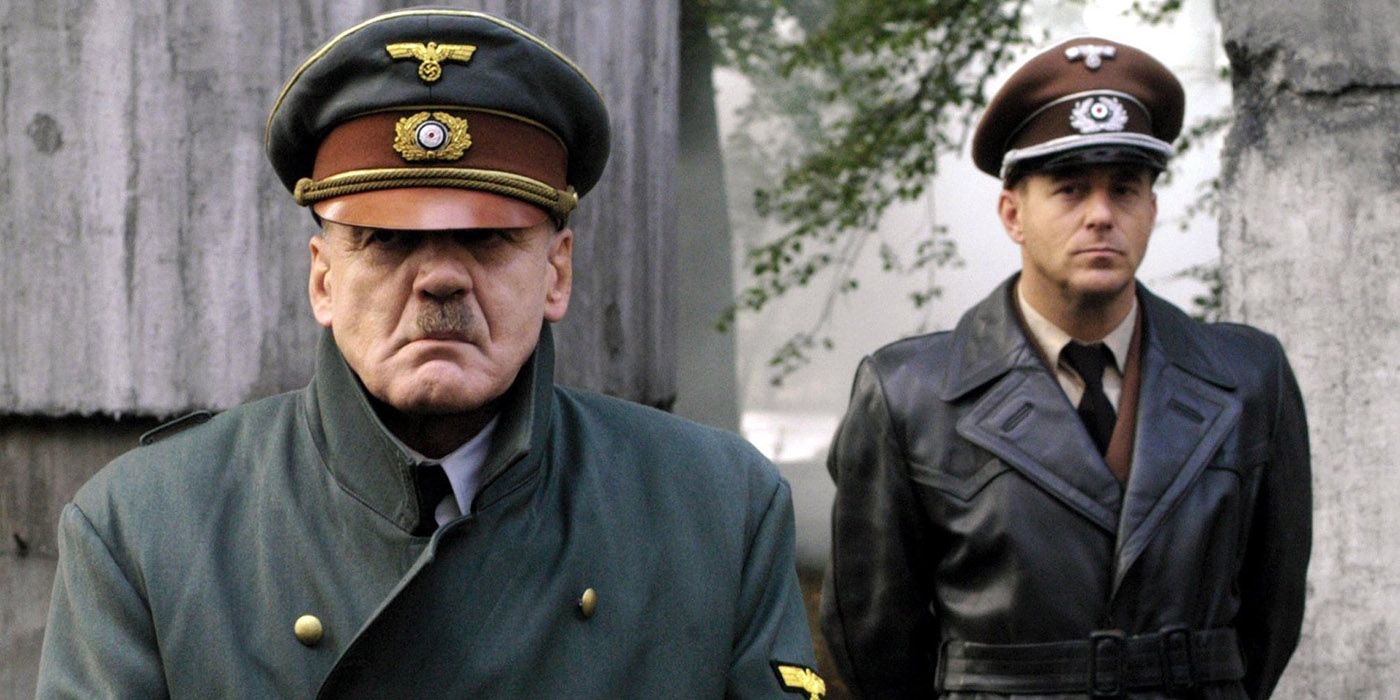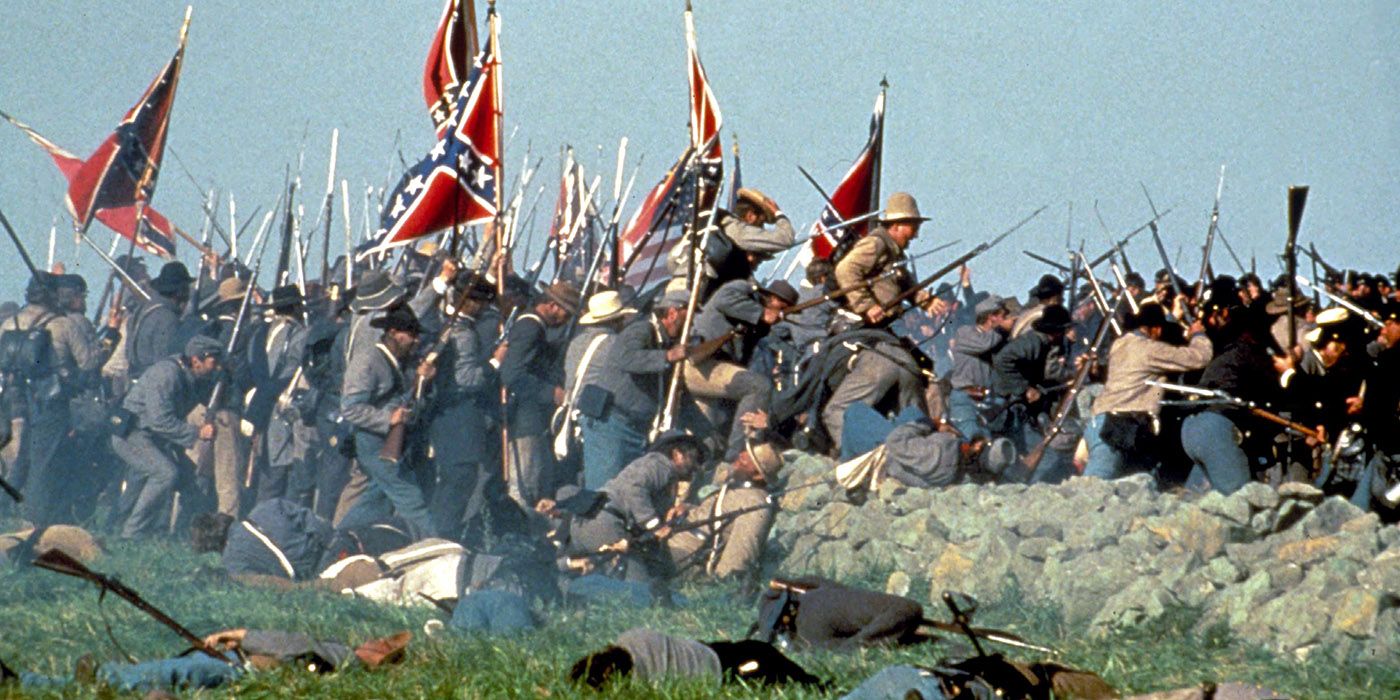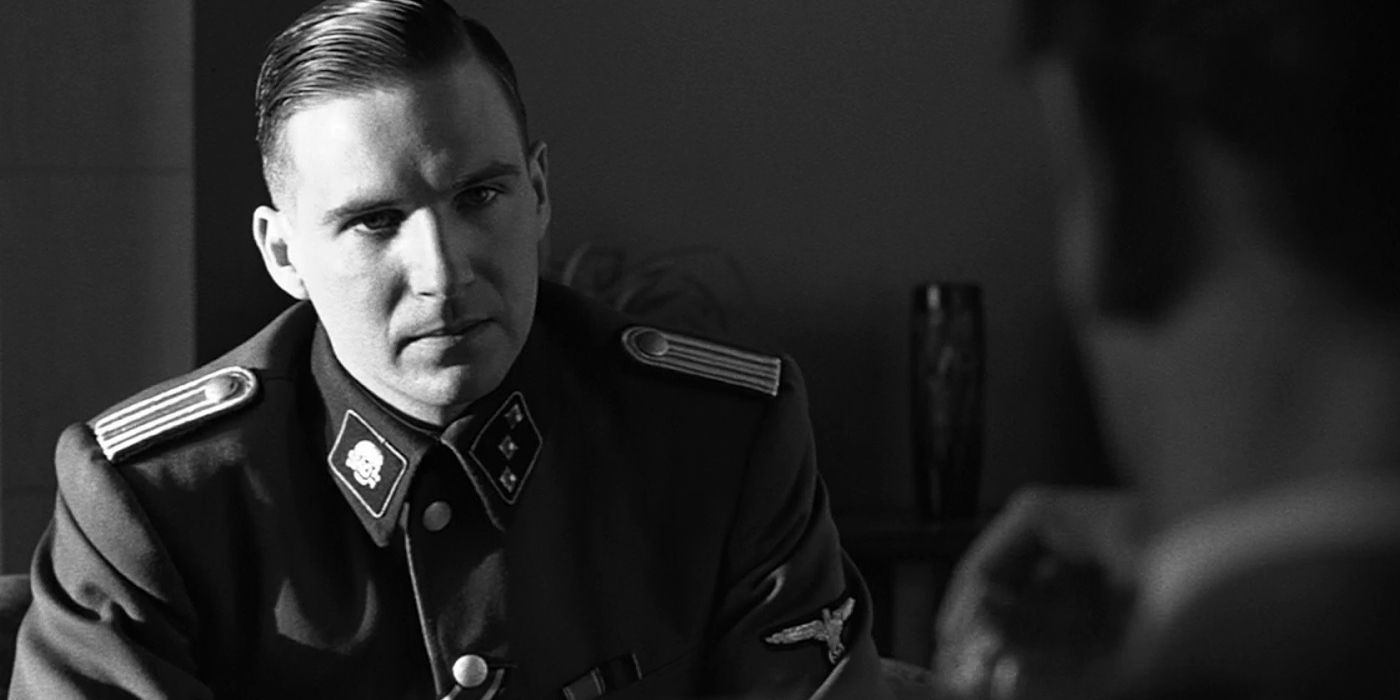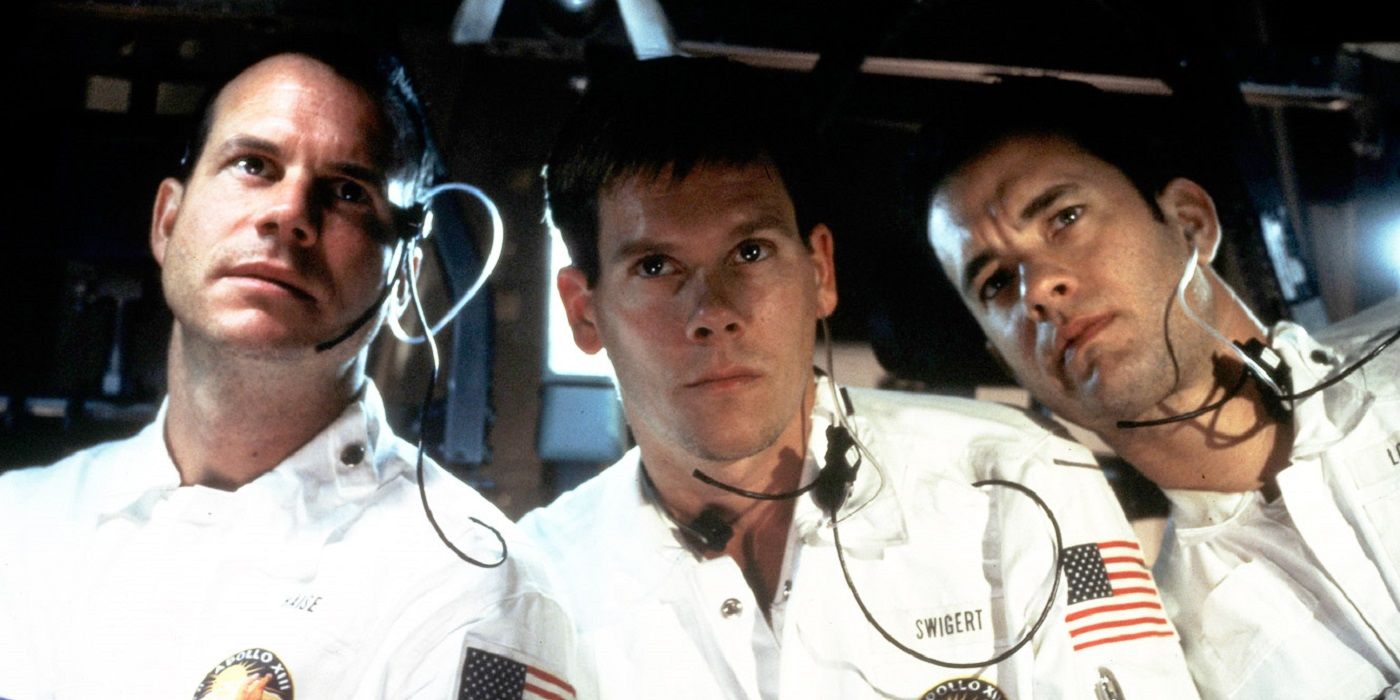There's no such thing as an entirely historically accurate film. Whether certain liberties need to be taken with the truth in order to tell a certain story or there was just an unfortunate lack of accurate historical information at the time the film was shot, there have been plenty of valid reasons over the years why a movie might need to change parts of history. Many movies, however, take these liberties too far and proclaim to tell a historically accurate story, when it is anything but.
It's because of those lesser films that it's so easy to appreciate the rare movies that actually get history right. While they may not always be perfect, they represent filmmakers' greatest attempts to make history come alive through fascinating characters, perfectly scouted locations, a sharp eye for details, and costumes ripped straight from the past.
These are the 15 Movies That Actually Got History Right.
15. The Assassination of Jesse James by the Coward Robert Ford
In the golden age of the Hollywood Western films, accuracy wasn’t exactly a priority. Audiences were much more interested in buying into the supposed simplicity of the time and were quick to gravitate toward any movie that showed a sterling young cowboy doing battle with a dastardly outlaw. If one of those characters just so happened to be a famous legend of the Wild West, then so much the better. This is how Jesse James found himself in so many early movies and how his actual story became kind of twisted as a result.
The Assassination of Jesse James by the Coward Robert Ford fixes all that. Andrew Dominik's movie might suffer from a mouthful of a title and some incredibly slow pacing, but it’s rarely been accused of being inaccurate to either the time period it portrays or the character of Jessie James. A big part of the reason for this is that it focuses more on the character of Robert Ford, whose star lust for James makes it all that much easier to appreciate the legend in his own time, as well as the unsettingly nature of his considerable flaws and personal desires.
14. 12 Years A Slave
When it comes to films that tackle the subject of slavery in America, the problem isn’t usually that they are painfully inaccurate, but rather that they seemingly fear that approaching the subject with extreme accuracy will result in a movie that is devoid of much actual entertainment value. It’s why there’s typically a subplot about a heroic uprising or the introduction of a soft-hearted non-slave character who is able to ease the pain somewhat.
With 12 Years A Slave, Steve McQueen gave us a different kind of movie about slavery. This film is singularly focused on showcasing just how awful the conditions were for the average slave in America during this time, but rather remarkably never really suffers from sensationalism. The villains are just as much products of the culture of the time as the heroes are of theirs. What really makes 12 Years A Slave stand out, however, are the little details. The buying process at the slave market, the methods and reasons for punishment, the portrayal of a typical day of work, and the role of religion in justifying certain characters actions. It’s all very horrifying, but certainly very accurate.
13. Master and Commander: The Far Side of the World
The subject of Master and Commander: The Far Side of The World’s historical accuracy is a matter of some debate simply because of the nature of the film’s plot. Most of the characters in this movie never really existed (although some are based on certain archetypes), and the major conflict that the movie portrayed is also entirely fictional. Actually, it’s incredibly unlikely that the British Navy would have chosen to target a single enemy ship during the Napoleonic Wars in the manner they do here.
As far as almost everything else about the film goes, however, it is historically accurate in a way that no other film showcasing this particular subject could ever hope to be. What separates Master and Commander from a legion of similar movies are its production values. The costumes are ripped straight from historical text and pictures. The ships are intricately designed to resemble their real-world counterparts. The sound of the naval battles are just as they are described in the remembrances of fleet sailors. Whatever liberties Master and Commander may take with its story, director Peter Weir more than makes up for them with his excellent attention to detail.
12. Tora! Tora! Tora!
While it was far removed from the era of propaganda war films, 1970’s Tora! Tora! Tora! still represents a much more progressive take on World War II than many other movies of its era, especially considering that it is an American-made film tackling the touchy subject of Pearl Harbor. For that matter, this movie is even more accurate and technically impressive than later films that would be released on the subject (most notably Michael Bay’s Pearl Harbor).
Helmed by three directors, Tora! Tora! Tora! earns much of its historical credibility because of the decision to really analyze both sides of the Pearl Harbor attack in order to present a clear view of why things happened. If this involves showing Japanese soldiers as human, it does so. If that means that certain American mistakes must be brought to light, then they are dragged into it. Beyond that, the movie goes to great lengths to accurately capture not only the attack on Pearl Harbor and subsequent retaliation itself (the models of the planes and ships used are all perfect), but also the strategies and leadership that went into making the whole thing happen.
11. The Lion in Winter
Your average piece of medieval entertainment these days is usually pretty quick to showcase the rot and dirt of the period in contrast to the glamor that the highest royalty enjoyed. This was not always the case. Indeed, if you go back to Hollywood’s studio era, you’ll find that medieval movies were usually the source of some of the film industry’s most elaborate attempts at glamor and romanticism. Even the poor in these movies are portrayed with a kind of Dickensian affection.
To a degree, The Lion in Winter still suffers from that approach, but it does get something of a pass because of how it focuses largely on royalty. That’s not what’s impressive about this movie, however, from a historical standpoint. No, the reason that The Lion in Winter earns top marks in accuracy is because of the way it stays true to the complicated political situation of its time. Richard the Lionheart was surrounded by enemies and problems during this era, and this movie does an incredible job of conveying just how important his decision to name an heir would be. Director James Goldman demonstrated how perilous one wrong move could be for Richard by juggling many true-to-life storylines at once.
10. Das Boot
Prior to 1981’s Das Boot, your best options for submarine movies were titles such as The Enemy Below, Submarine Command, and Run Silent, Run Deep. While some were very good films in their own right (The Enemy Below is still worth viewing), all of them suffered from the same flaw: failing to really examine what made submarine warfare unique, beyond just the strategic elements. Whether that was because of a lack of information or a lack of creative interest is unknown, but these movies usually focused on battles above anything else.
There’s no shortage of harrowing battles in Das Boot, but the film has gained much of its infamy over the years due to the way it portrays the claustrophobic conditions of a German U-Boat. It wasn’t so much a wake-up call to the horrors of war as it was to the specific horrors of battling in a heavily armed sardine can. The credit for the film’s historical effectiveness can be split evenly between the way the director, Wolfgang Peterson, was able to convey the tight conditions through tricky shots and the humanity of the movie’s characters, who were all fully-fledged creations made to resemble real-life soldiers.
9. Stalingrad
To be clear, we're talking about the 1993 version of Stalingrad, not the 2013 movie that bears the same name-- although the juxtaposition between the two really does highlight the former’s brilliance. 2013’s Stalingrad, and many movies like it, suffers from a greater interest in using WW II as the backdrop for a story of the writer’s design than in somehow sending cameras back in time and letting them capture the jaw-dropping events that transpired.
That’s pretty much what make’s 1993’s Stalingrad so accurate. It’s a German-made war film that shows the legendary battle of Stalingrad largely from the German perspective and does so with the kind of brutal honesty that can only be achieved when a movie such as this is trying to be true to its source. This was one of the largest single battles in the history of war, and director Joseph Vilsmaier manages to capture the horrors of the scene by staying focused on a small band of soldiers who are constantly beset by actual atrocities of the period. The movie should also be commended for its portrayal of siege warfare tactics during this era.
8. Lincoln
If you grew up on a steady school diet of American history and entertainment, then it can be a bit jarring to watch Steven Spielberg’s Lincoln. Actually, you might be tempted to initially label it an inaccurate movie simply because of how different the character of Abraham Lincoln appears to be from how he is usually portrayed. Abraham Lincoln is typically shown as a great speaker and infinitely kind-hearted man who almost seems to shine in comparison to his fellow men. This Lincoln, however, is someone much more common.
Yet that incorporation of Abraham Lincoln’s more common qualities is what makes this the definitive portrayal of the character. Lincoln was certainly a very intelligent and capable man, but he was also a man born from a simple background, who found his intent lost in the rise of a new American political system. The bickering hostility of congressional meetings during this time of internal conflict is brilliantly captured, as are the political consequences of such an environment. The movie was also brilliantly shot in many modern day American locations where genuine architecture from that period may still be found.
7. The Last Emperor
The Last Emperor is an ambitious film on several fronts. Production-wise, it is a Hollywood epic in the truest sense of the phrase. It’s also a movie that requires a great deal of patience from the viewer, in exchange for an overall experience that will, eventually, pay off their invested time. Historically speaking, it’s also a bold movie simply because the subject matter it covers (the rise and fall of China’s final emperor) is still a debated topic among historians trying to sort out several accounts of this story in order to find what’s true and what’s not.
All that taken into consideration, That Last Emperor is as close to history as a movie like this is ever going to get. Bernardo Bertolucci spared no expense in visually recreating this era, as this movie still represents one of the greatest achievements in movie costume design. Beyond that, whatever inaccuracies the movie may have in terms of the main character's personal life (the details of which are still historically vague) it makes up for by perfectly portraying the grisly politics of the time and how the royal family went from a life of absurd opulence to poverty because of them.
6. Come and See
As the story goes, Come and See’s director (E. Klimov) was inspired to make this movie after having grown up on a steady diet of Russian propaganda pieces that typically focused on the untarnished nobility of the Russian war efforts and the Russian soldiers. Actually, the movie was held up by Russian political organizations that feared Klimov’s portrayal of war and soldiers veered a bit too far from their own stories on the subject and was too “dirty” from a visual standpoint.
In the end, however, Klimov made his film exactly as he wanted to and historians interested in the Russian side of WW II have been thanking him for it ever since. To say that Come and See is bleak would be like saying that a Sharknado is unlikely to happen. There’s almost no scene in the film that doesn't attempt to portray the guerrilla nature of the Russian war effort and its many consequences with accuracy, and the result of that approach is a grimy and harrowing movie that never flinches when dealing with something unpleasant. Specifically, the movie has always garnered praise from historians for its accurate portrayal of death camps and their victims.
5. A Night To Remember
There’s a bit of a (mostly) friendly disagreement between fans of 1958's A Night to Remember and 1997 Titanic regarding which movie is more historically accurate. The Titanic crew have a rather strong argument on their hands, considering that the movie was blessed with an incredible budget and nearly 40 years of technological advances to work with. As such, James Cameron was able to convey the actual sinking of the Titanic in a way that no other movie before would have possibly been able to do.
As far as everything else goes, however, it’s hard to not give A Night To Remember the edge in accuracy. Whereas Titanic focused more on a doomed love story that just so happened to take place on the famous ship, Roy Ward Baker's A Night To Remember spreads its narrative across a larger number of characters. As a result, we get a better look at both the class struggles of the time and the procedure for when a ship this size starts sinking. It’s an incredibly realistic look at the incident, and the few errors it does have (such as the ship not splitting) can be blamed on a lack of information regarding the actual event at the time.
4. Downfall
Downfall is an incredibly brave movie. Few directors would ever consider intricately detailing the last days of one of history’s greatest monsters with such humanity, but that’s exactly what director Oliver Hirschbiegel does, as Downfall follows Adolf Hitler’s final ten days as ruler of the Nazi party. It’s not necessarily fair to say that Hitler is viewed as the hero of the story, but this is certainly the most human representation of the infamous dictator in film.
Whether or not you would ever find yourself sympathizing with him on an emotional level is one thing, but there’s no denying that Downfall's director deserves credit for at least attempting to showcase Hitler as a human being in his lowest moment. Aside from that, the movie should certainly be praised for using the little information available about the final days of Adolf Hitler to create a hauntingly accurate rendition of the events. There is no detail about these last ten days that is not covered and the emotion that comes along with those details certainly feels genuine enough. If you’re only familiar with this movie because of the many Downfall parody videos, do yourself a favor and seek it out.
3. Gettysburg
Four hours and thirty-one minutes. That’s how much time you’ll need to invest in 1993’s Gettysburg if you’re going to see it through to the end. With that kind of run time, you might be wondering if the movie really does only focus on the battle of Gettysburg. For the most part, it does. While that hurt’s the film’s pacing somewhat, it does leave plenty of time for Gettysburg to examine every element of this historic battle in minute detail.
So, that’s exactly what the movie does. With Robert F. Maxwell at the helm, Gettysburg tries to present both sides of the conflict as human beings caught up in something much greater and more terrible than they could have ever imagined, which in and of itself is a striking approach. Despite the obviousness of the outcome, neither side is presented as being morally superior. Beyond that, what really make Gettysburg special is how it uses its extended length to cover things like the advantages and disadvantages of the battlefield itself, rarely seen in movies like this. If you’ve ever wanted to know everything there is to know about the battle of Gettysburg, this is your movie.
2. Schindler’s List
To be certain, Schindler’s List takes some liberties with its subject matter. This is a very dramatic film by the very nature of its story, and director Steven Spielberg wasn’t so much trying to make a dramatic documentary of the Holocaust as he was trying to make the kind of movie that allowed every audience member to feel as if they had a personal stake in the events. As such, certain characters and moments were altered in ways that would better serve the flow of the story.
In the end, however, it doesn’t matter. Schindler’s List tells the rather remarkable story of one man who did everything he could to save the lives of Jewish factory workers under his employ once he became aware of the full horrors of the Holocaust. Whatever historical inaccuracies it may possess pale in comparison to its showcasing of the concentration camps and the rounding up of Jewish citizens as they reportedly occurred. When the movie is at its historical best, it’s closer to a horror film. Numerous camp survivors later praised Schindler’s List for its message and accuracy.
1. Apollo 13
It feels strange, in a way, to praise a movie for its historical accuracy when the event in question took place at a time when cameras were able to accurately capture nearly every little element of the period and many people still alive today witnessed the occurrence as it happened. What keeps Apollo 13 from “Too Soon” status, however, is the fact that the event it portrays is one that almost seemed impossible to ever represent on film.
Apollo 13 not only showcases those events; it does so in a way that is still beyond belief. The movie's absurdly accurate recreation of the fabled Apollo 13 spaceship is not only brimming with tiny design details. It also perfectly invokes a sense of desperate atmosphere reminiscent of Das Boot. This movie may have the advantage of being able to draw from a fairly recent point in human history, but director Ron Howard uses that advantage to great effect, in order to ensure that no technical detail or character trait is missed in his ambitious mission to capture one specific incident with undisputed accuracy.

